Quattro was developed in the heat of motorsport competition. Since the Audi Quattro rally machines of the 1980s lit up the stages of the world championship the German manufacturer has used Quattro and its development in this field as a major selling point of its road cars. Over 40 years there have been many facts and tales gathered about Audi’s Quattro technology. We outline some of the highlights here.
Follow Double Apex on Facebook and Instagram, where we share more car content.
Order from our online store and take advantage of free delivery in South Africa on orders over R349.
3 – successive victories achieved by the Audi R18 E-tron Quattro at the 24 Hours of Le Mans between 2012 and 2014. A V6 TDI engine drove the rear wheels, while a flywheel accumulator supplied recuperated energy to two electric motors on the front axle. As a result, the racecar was able to utilise this temporary Quattro drive system during acceleration. Read about Audi’s return to Le Mans here and click here to watch breathtaking video of the car at full flight.
3 – electric motors supply propulsive power in the new Audi E-tron S and Audi E-tron S Sportback – a world first in volume production. The two electric motors on the rear axle enable electric torque vectoring. Learn about Audi’s electric car introductions into the local market at this link.
3,1 seconds – is how long it takes the Sport Quattro S1 with the medium ratio gear set to accelerate from 0 to 100 km/h. The rally car that Audi used for the first time in 1985 produced 350 kW from its five-cylinder turbo engine and weighed only 1 090 kilograms.
4 – different all-wheel drive clutches and four different centre differentials are in use across the entire Audi model range.
5 kilograms – was the approximate weight of the first self-locking Torsen centre differential used in the original Audi Quattro in 1986. The basic distribution was 50:50 between the front and rear axles. Today, the self-locking Torsen centre differential in the models with longitudinally mounted engines weighs only around 3 kilograms and has a basic distribution of 40 percent to the front axle and 60 percent to the rear axle.
6 min 29 sec – was the lead that Walter Röhrl held over the runner-up at the Rallye Sanremo in 1985 with the Sport Quattro S1. In the last race of the season, the British RAC Rally, Röhrl used a dual-clutch transmission that was actuated pneumatically. This system would eventually evolve into the modern-day S-Tronic.
10 min 47,85 seconds – was the time with which Röhrl triumphed with the Audi Sport Quattro S1 at the Pikes Peak Hill Climb in 1987. In the fastest part of the 20 km course he was measured traveling at a speed of 196 km/h.
12 – engineers assisted project manager Walter Treser in the development of the first Audi with permanent quattro drive from February 1977.
16 – series produced by the brand with the four rings are available with a quattro drive and ten of them are produced in Germany.
23 – races were won by Quattro drivers Michèle Mouton, Hannu Mikkola, Stig Blomqvist and Walter Röhrl in the Rally World Championship with Audi in the five years from 1981 to 1985.
30 milliseconds – is how long it takes for the Audi e-tron and e-tron Sportback to shift torque from the rear axle to the front axle. It takes three times as long for a human to blink. No mechanical clutch is engaged with the electric all-wheel drive; instead, electricity is simply distributed where required.
33 – S, RS and R models currently offered by Audi on the market. All of them have quattro drive as standard.
40 millimetres – is how much wider each of the wheel arches are on the Audi R 6 Avant with its pronounced quattro blisters compared with the A6 Avant. Read our RS6 driving review here.
40:60 – front:rear axle is the basic distribution of the self-locking centre differential in Audi models with longitudinally mounted engines. When necessary, the centre differential can divert up to 70 percent of the torque to the front, or up to 85 percent to the rear.
Check out a beautiful Audi S2 Coupe from SA at this link.
45,31 – percent of all Audi models produced in 2020 had a quattro all-wheel drive system.
75th – Geneva Motor Show was where Audi presented the original quattro for the first time on March 3, 1980. Internally, it had the designation model 85.
92,2 percent of all cars delivered to customers in Canada in 2019 had Audi’s Quattro technology. As a result, Canada has the highest proportion of all-wheel drive cars in the world.
140 kW – in the Q2 40 TFSI quattro S tronic right through to 456 kW in the R8 V10 Performance Quattro supercar, Audi provides permanent all-wheel drive throughout the entire model range. Read our Audi R8 V10 Performance Spyder driving review here.
147 kW – is what the original Quattro had at its disposal 40 years ago when a Porsche 911 SC produced just 3 kW more.
Around 530 kW – is what the five-cylinder-turbo in the Audi 90 Quattro produced, which competed in the IMSA GTO series in 1989. Hurley Haywood and Hans-Joachim Stuck, won almost every second race in the North American series. Audi exploited the technical rules of the IMSA series to the full: A tubular frame supported a greatly widened plastic body, while the tyres were up to 360 mm wide.
View a gallery of famous Audi DTM cars at this link.
The winter of 1976/77 is when the idea of developing Audi’s Quattro Technology came about. A series of test drives in Scandinavia, in which a VW Iltis also took part, brought it about. On the snow-covered roads, the military all-terrain vehicle developed at Audi demonstrated the potential of its all-wheel drive.
1981 – was the year Audi officially entered the rallying scene for the first time with the Quattro. Finishing around 21 minutes ahead of the competing cars, Franz Wittmann won the Jänner Rallye in Austria, which was part of the European Rally Championship.
1984 – was the most successful year for Audi’s Quattro drivers in the Rally World Championship. They both the manufacturer’s and the driver’s titles – with Stig Blomqvist claiming the latter.
In 1988 – the Audi 200 competed in the TransAm Series in America. The Four Rings topped manufacturer’s and driver’s rankings at the first attempt.
1994 saw Audi launch the RS2 Avant on the market, the first ever RS model. Its Quattro drive incorporated an electromechanically activated locking differential at the rear axle. Learn more about the fast wagon from the folks who built it at this link.
In 2005, Audi presented an RS4 featuring the first centre differential with asymmetric, dynamic basic distribution that results in rear-biased handling.
In 2007 the Audi R8 high-performance sports car launched on the market in its first generation. Its Quattro drive was tailor-made: A cardan shaft ran from the transmission in the rear to an unregulated viscous coupling on the front axle.
2022 – year in which Audi will make its competition debut at the gruelling Dakar Rally. Read more about the company’s innovative racer at this link.
2 100 N.m – is the approximate torque differential at the rear wheels of the electric Audi e-tron S2 and e-tron S Sportback1 when cornering at speed. Each of the two rear electric motors drives an individual wheel. Usually, the wheel on the outside of the curve receives significantly more torque than the unloaded inside wheel due to its greater traction. This increases driving dynamics and cornering speed considerably.
Ken Block is a new brand ambassador for the E-tron brand and will be starring in a new Gymkhana video featuring an electric Audi.
11 452 units of the original Quattro were made between 1980 and 1991. Only 400 were planned.
€486 000 euros was the price a fan paid for an Audi Sport Quattro at an auction in London in 2016. Only 214 units of this derivative, with 225 kW, were built. At its launch in 1984, it cost 195 000 German marks.
750 733 is the number of Quattro models Audi produced worldwide in 2020.
The brand with the four rings has built 11 199 144 cars with Audi’s Quattro Technology since 1980 (as of December 31, 2020).
Listen to one of Audi’s most famous racing drivers discuss his introduction to Audi’s Quattro Technology in rallying.

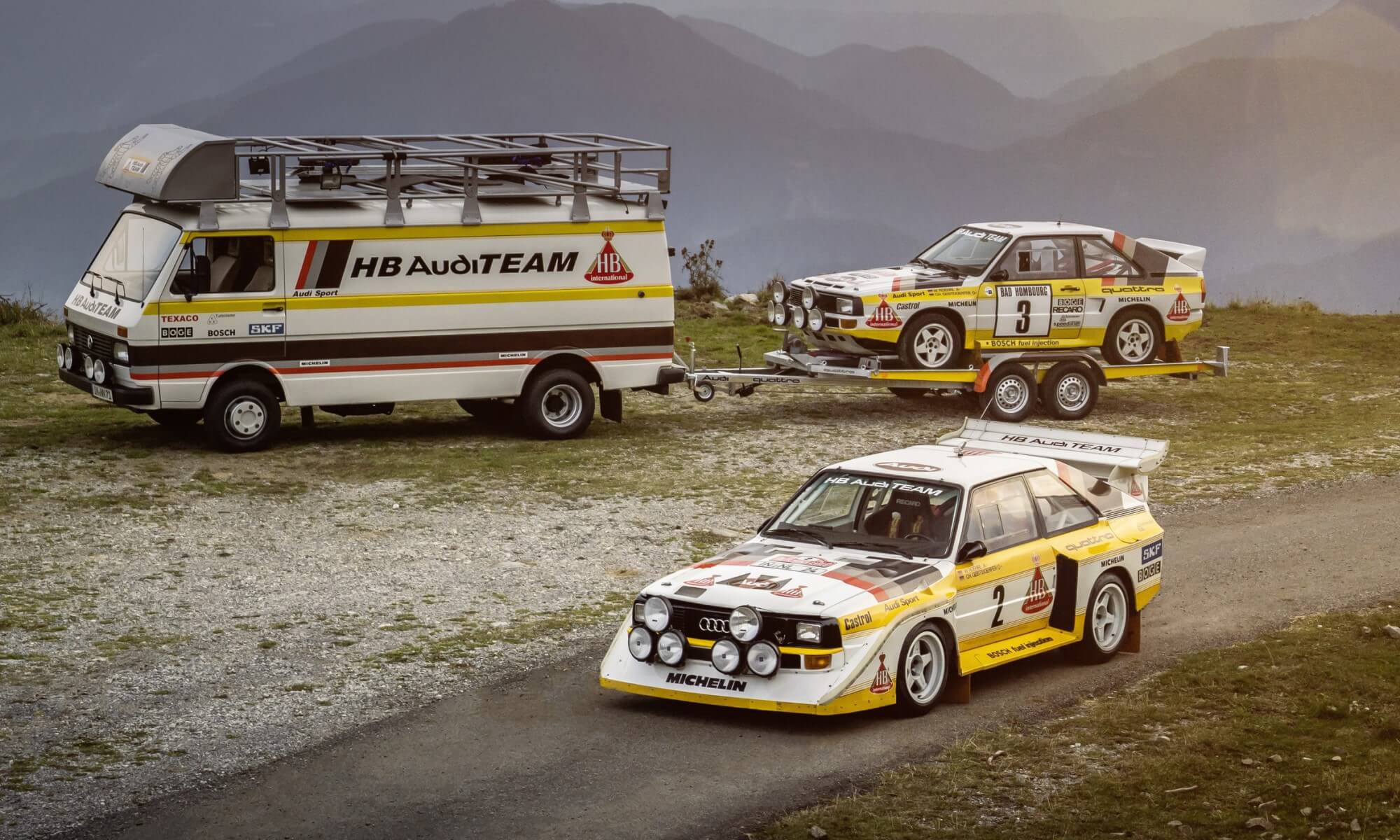

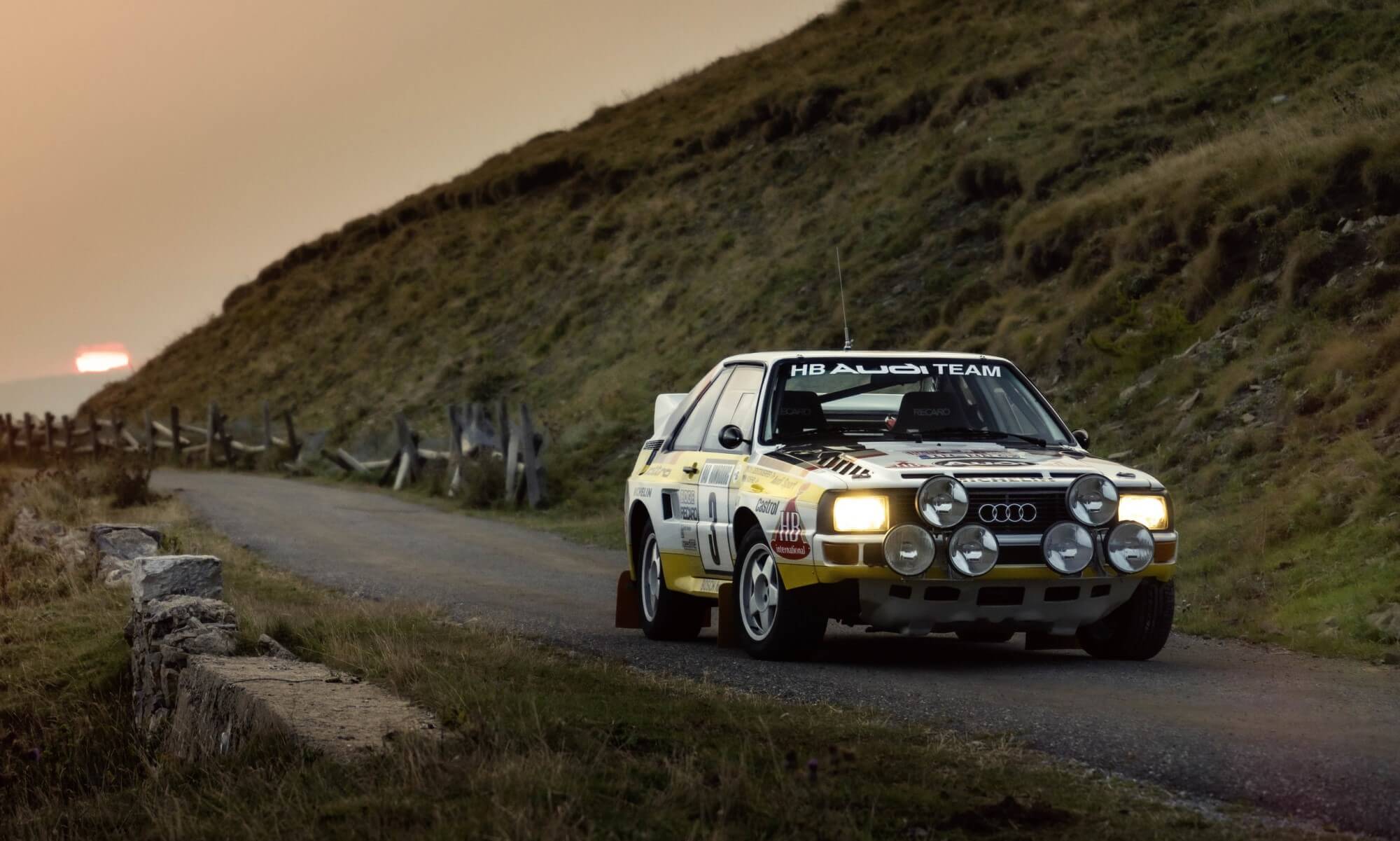
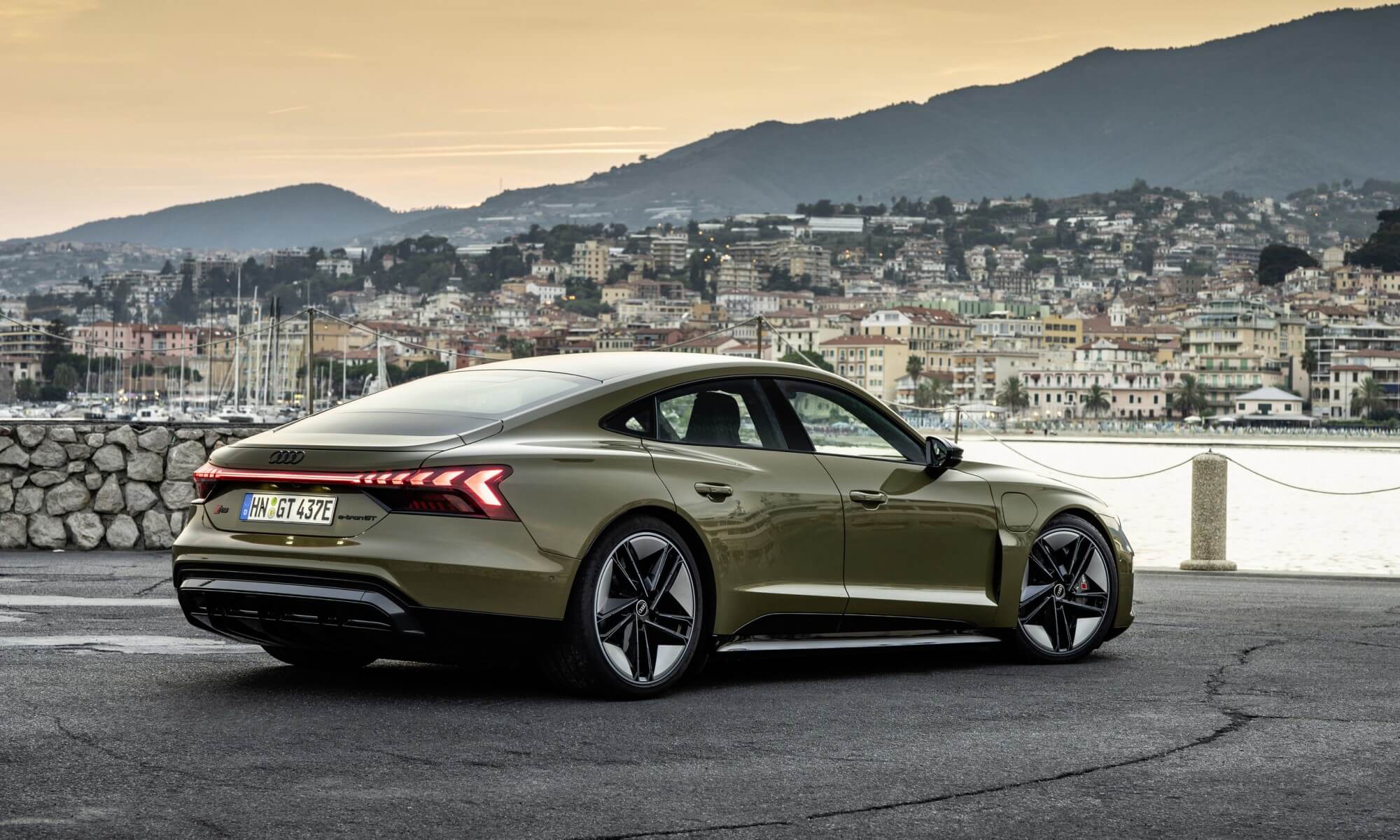
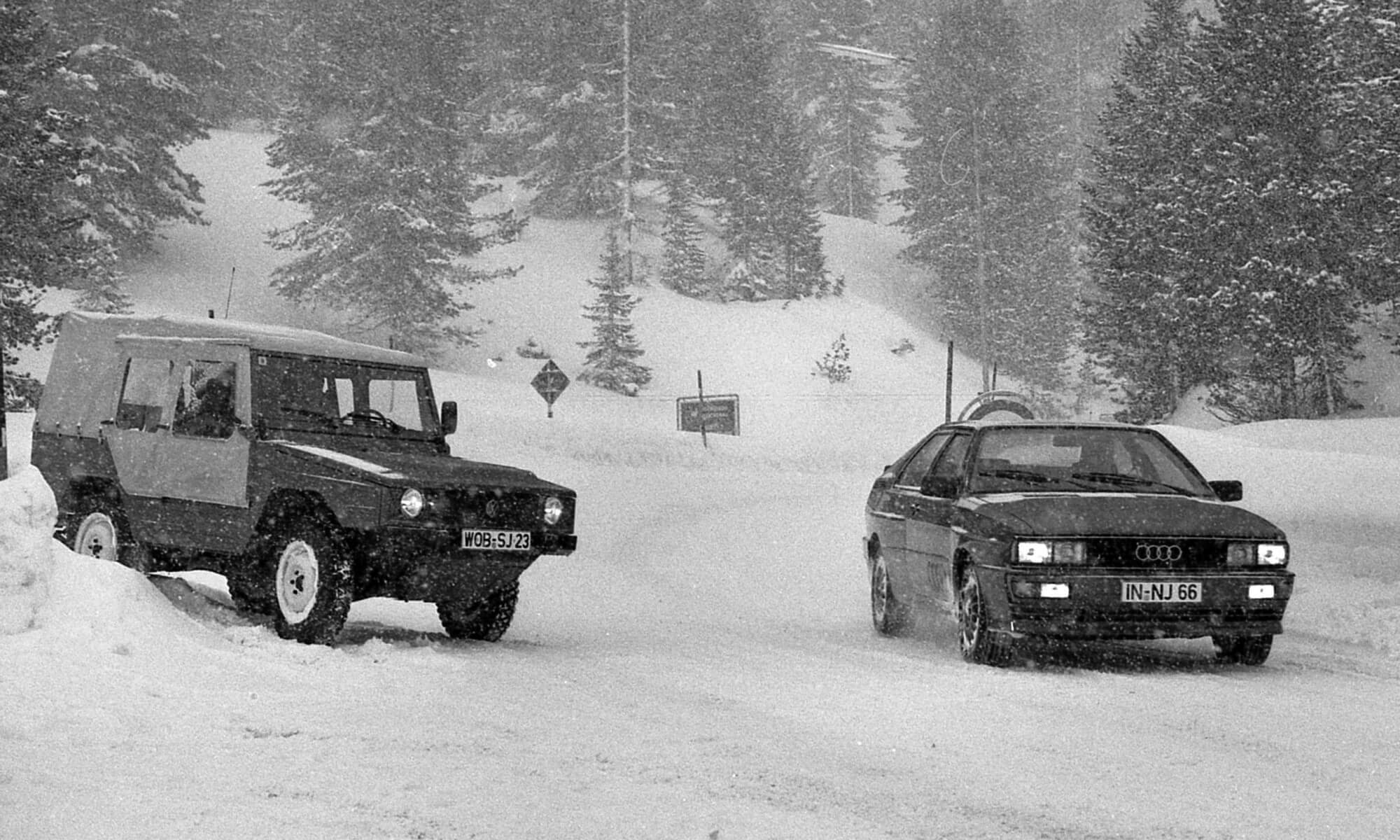
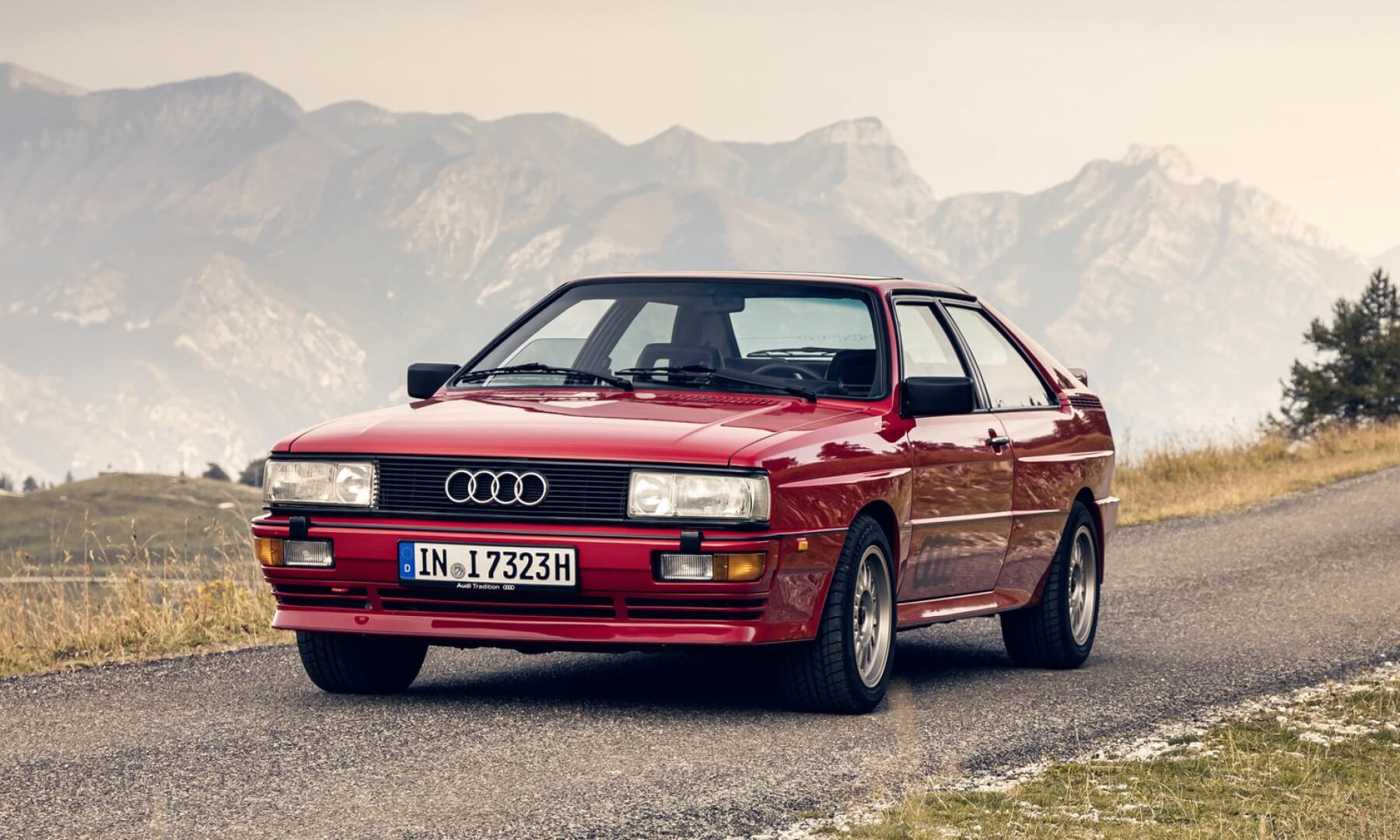


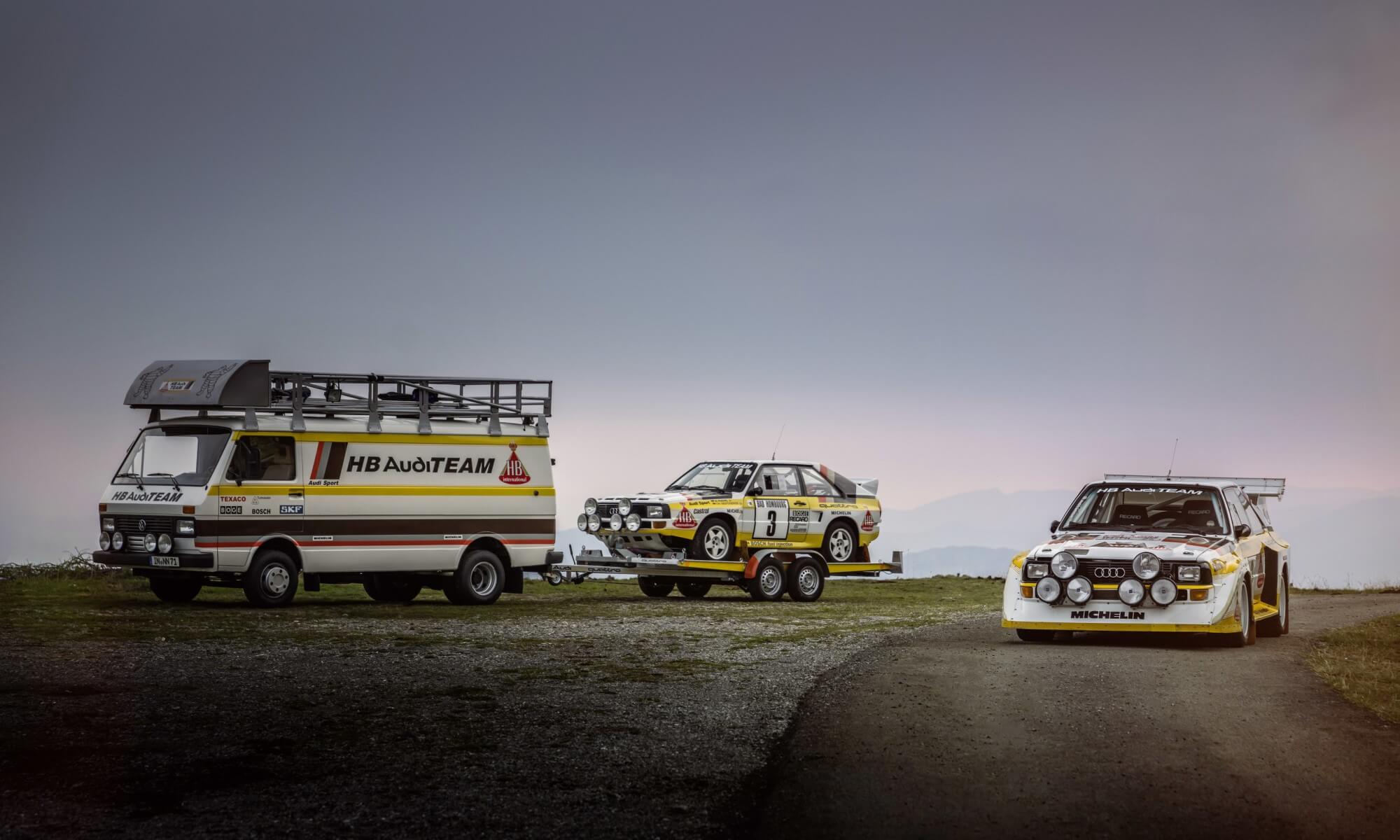

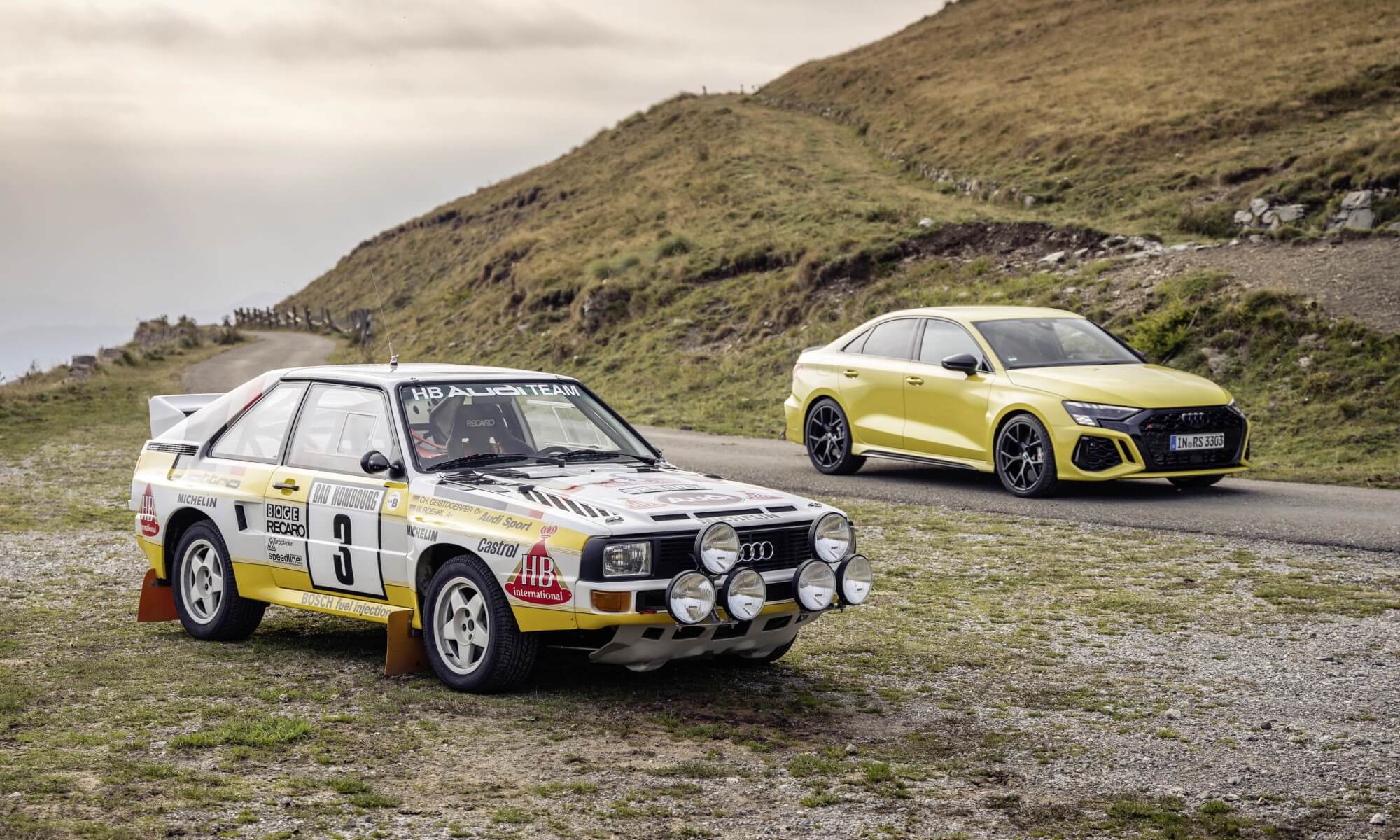
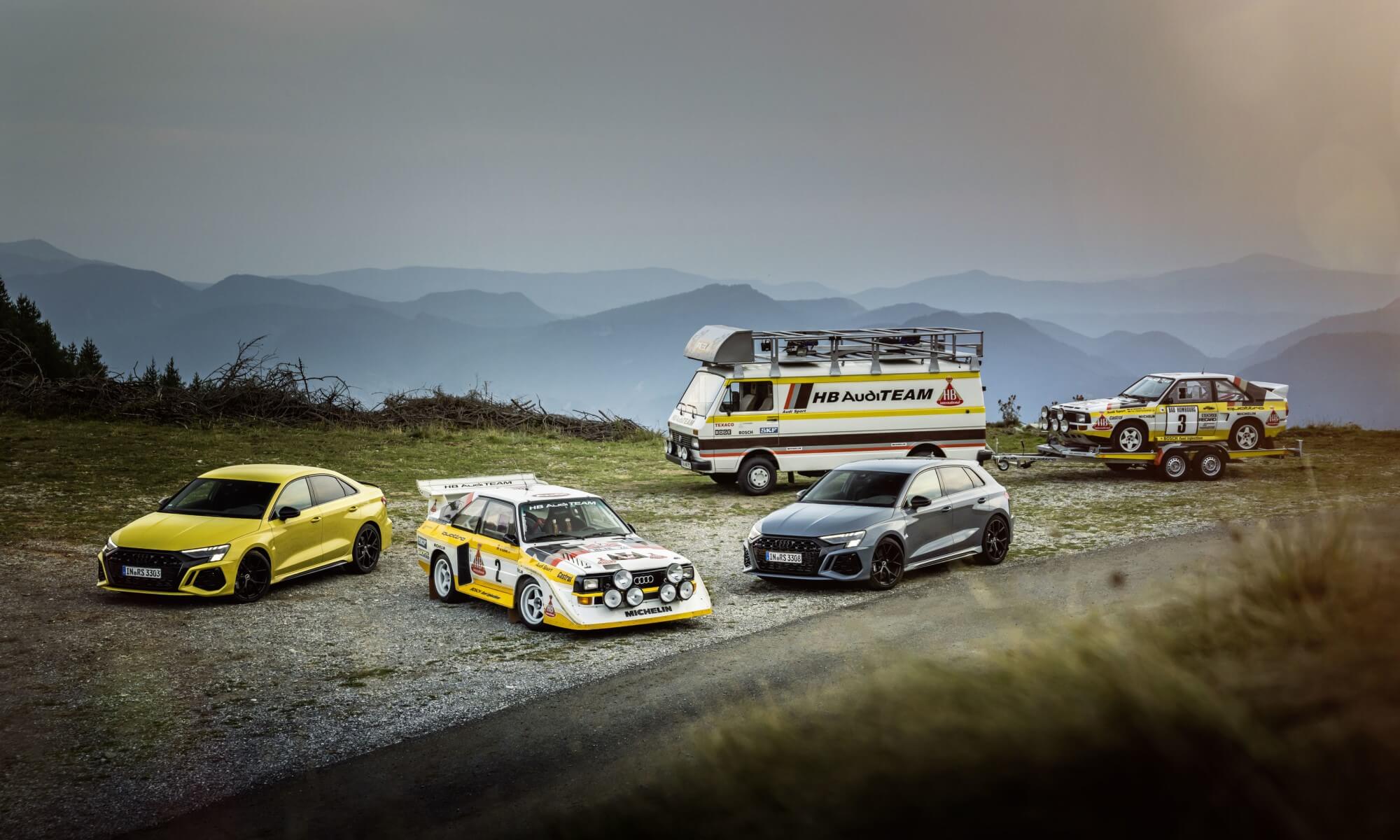

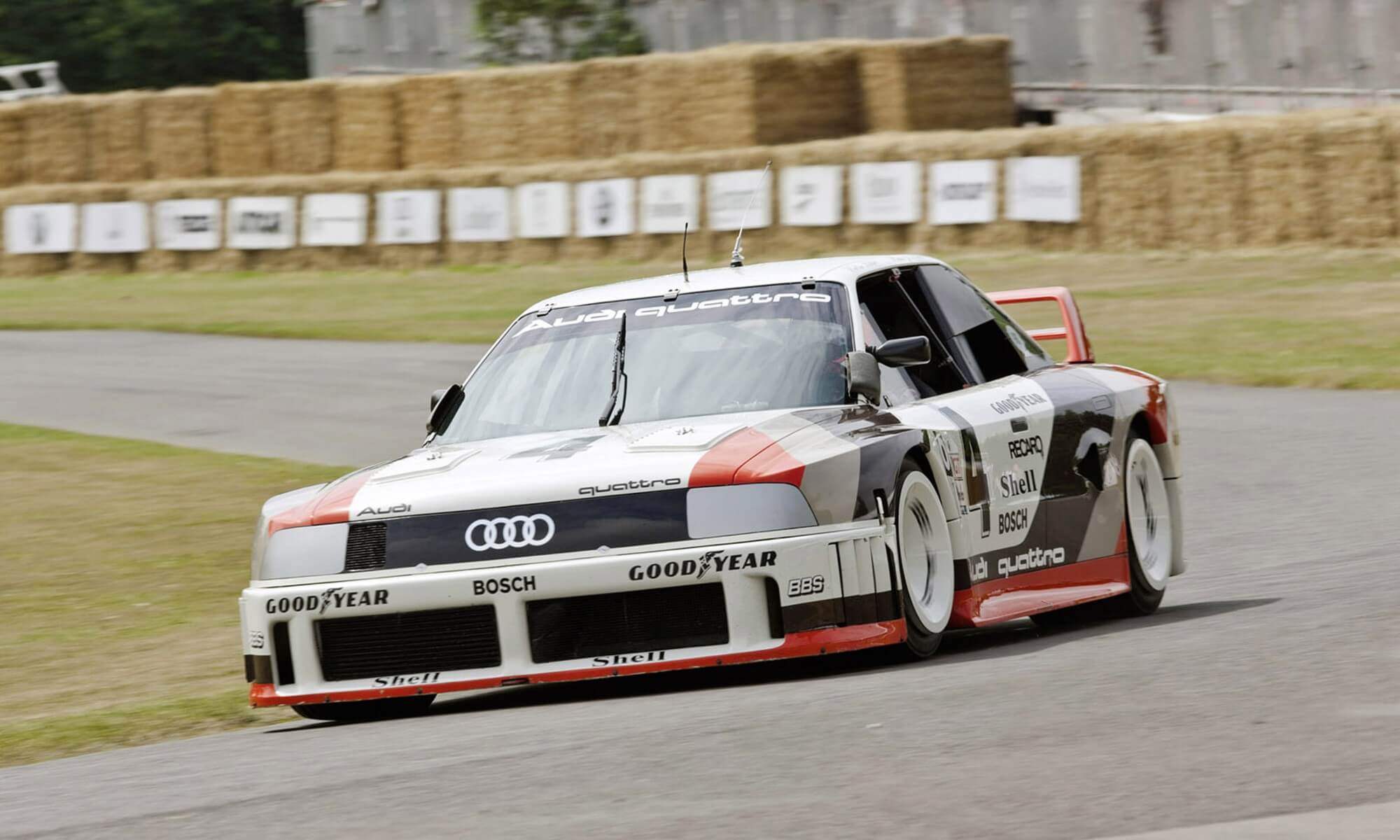
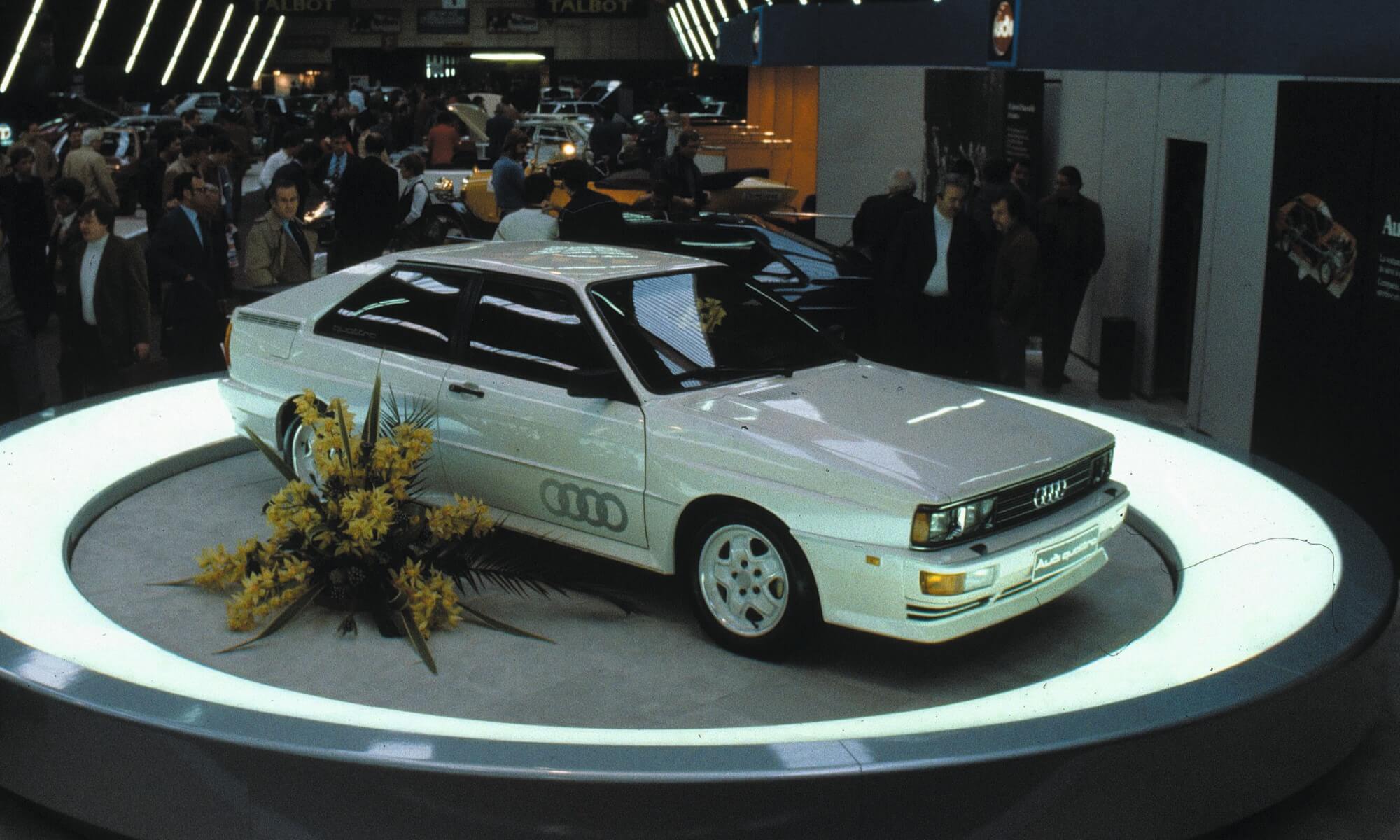
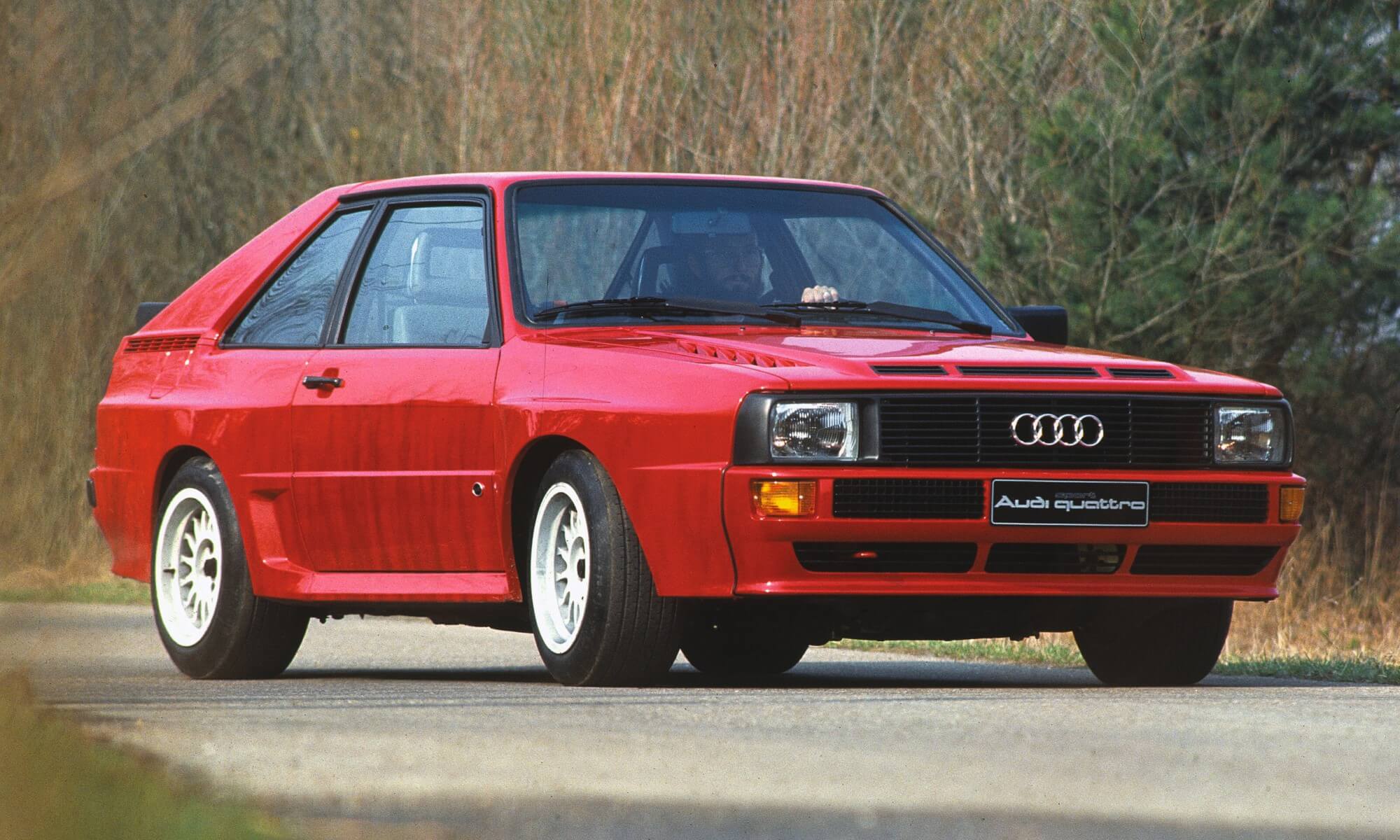
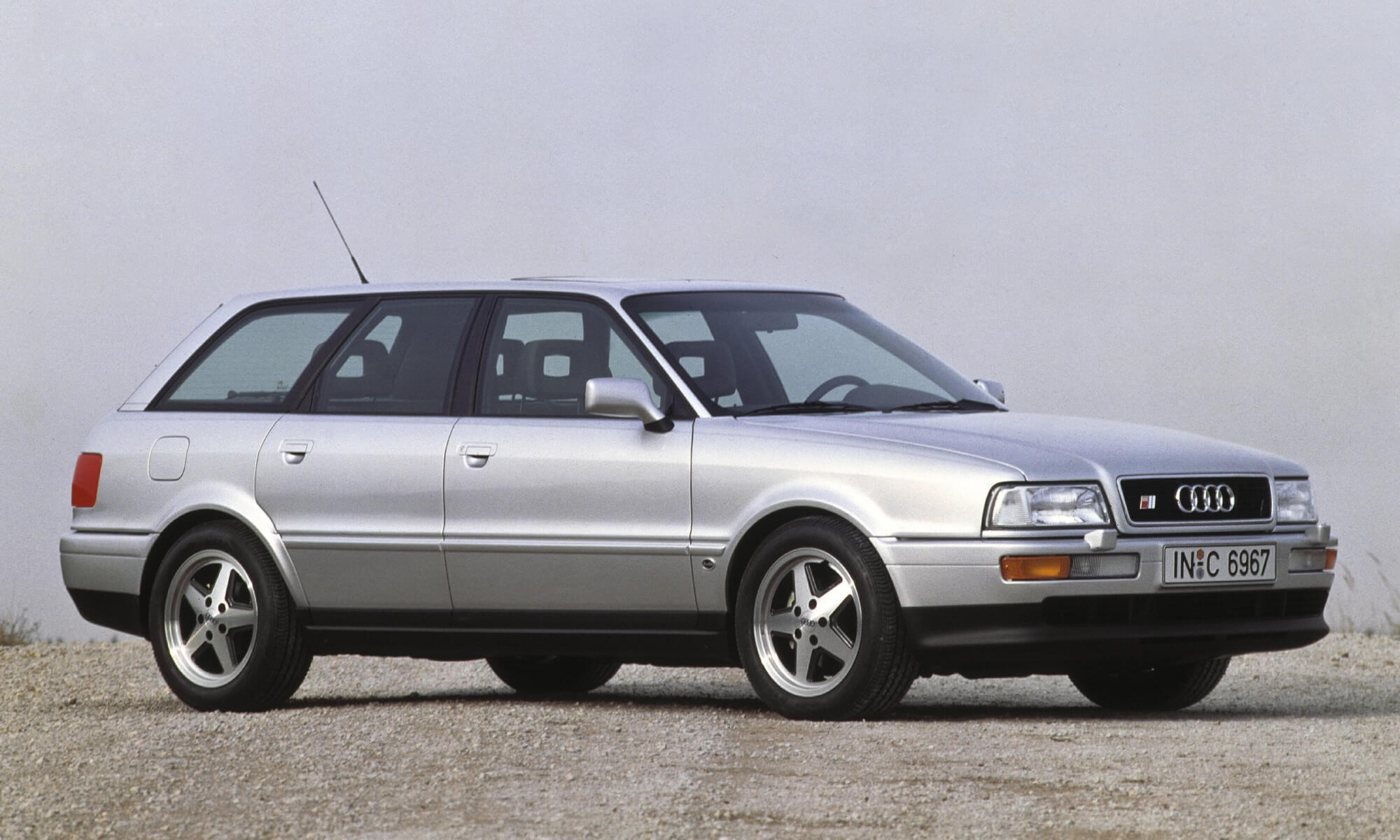
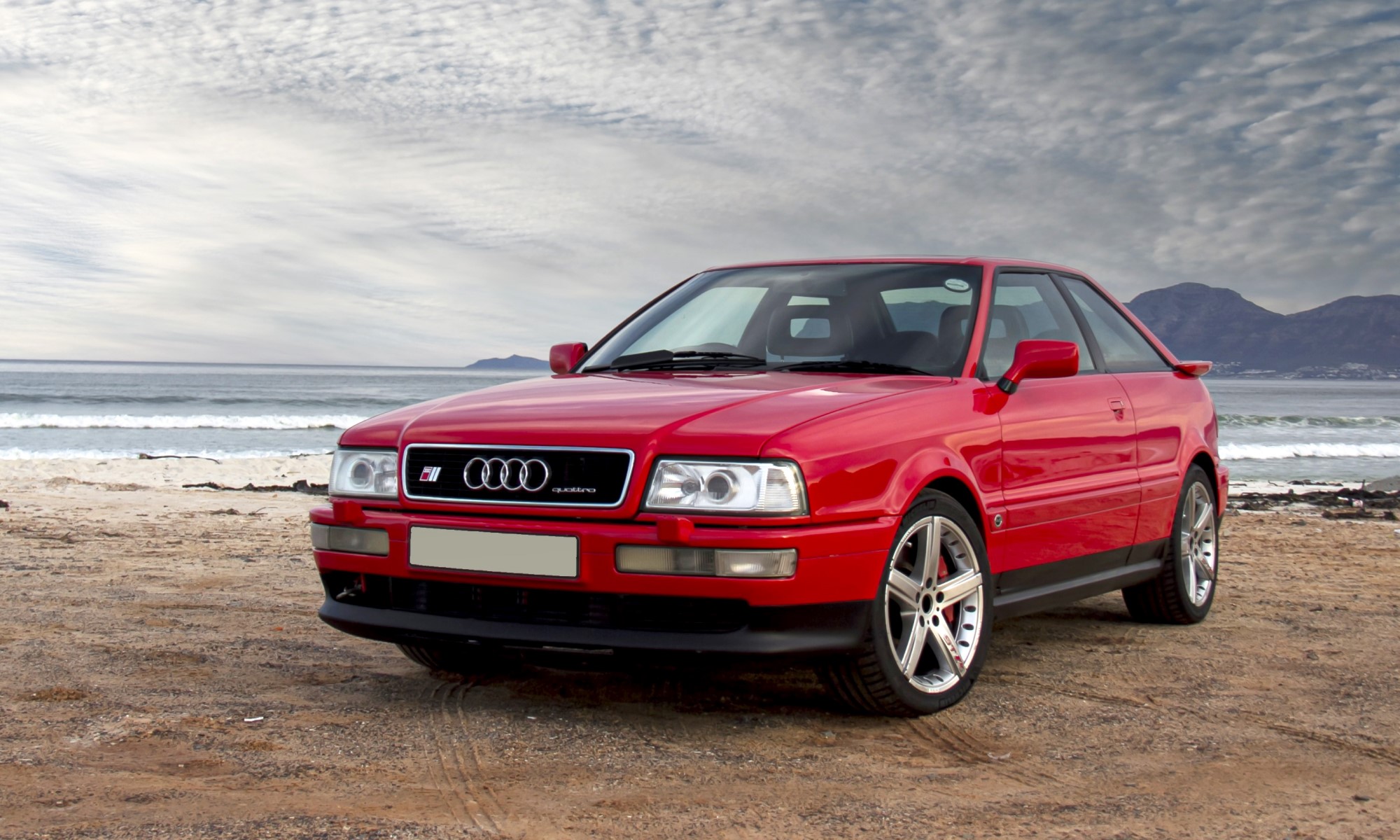
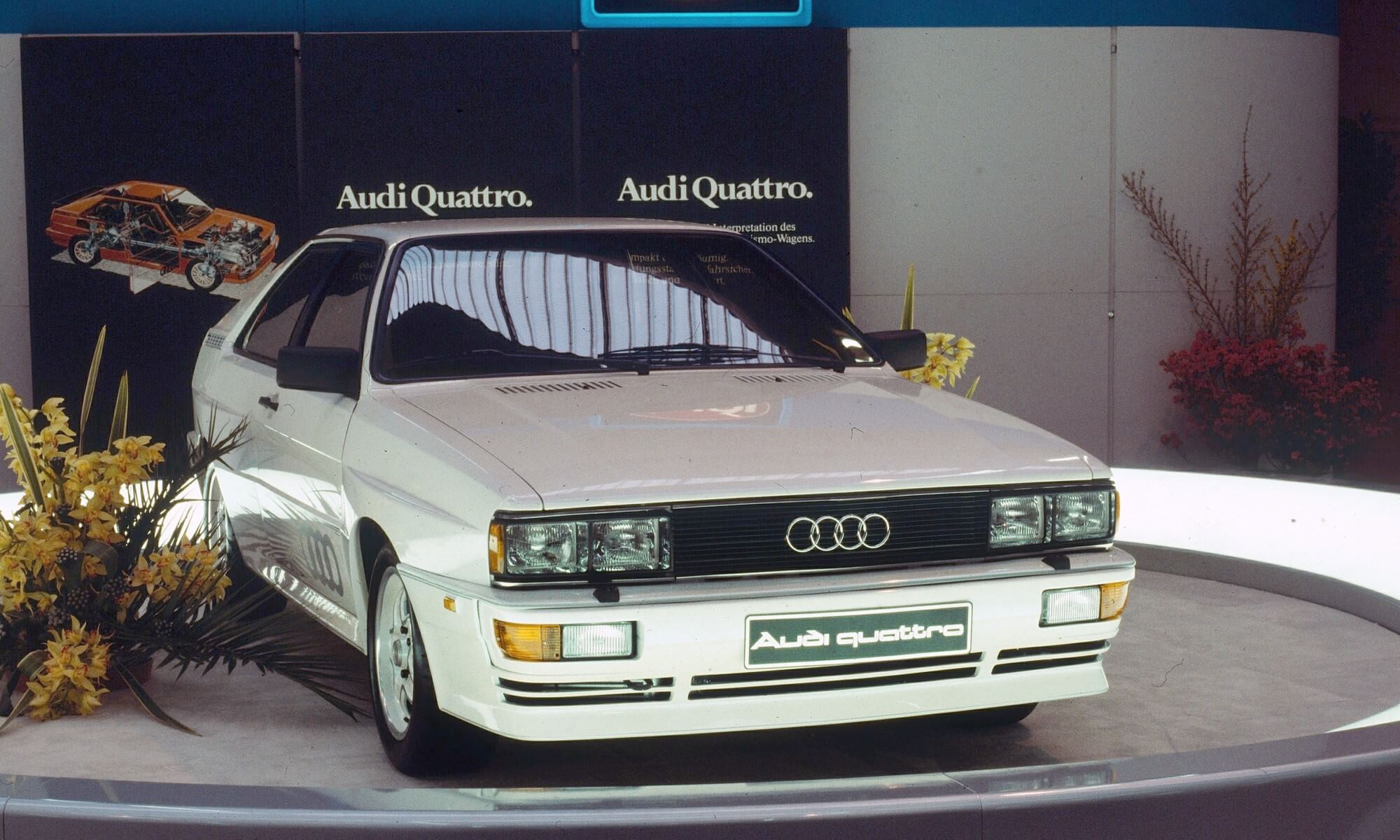
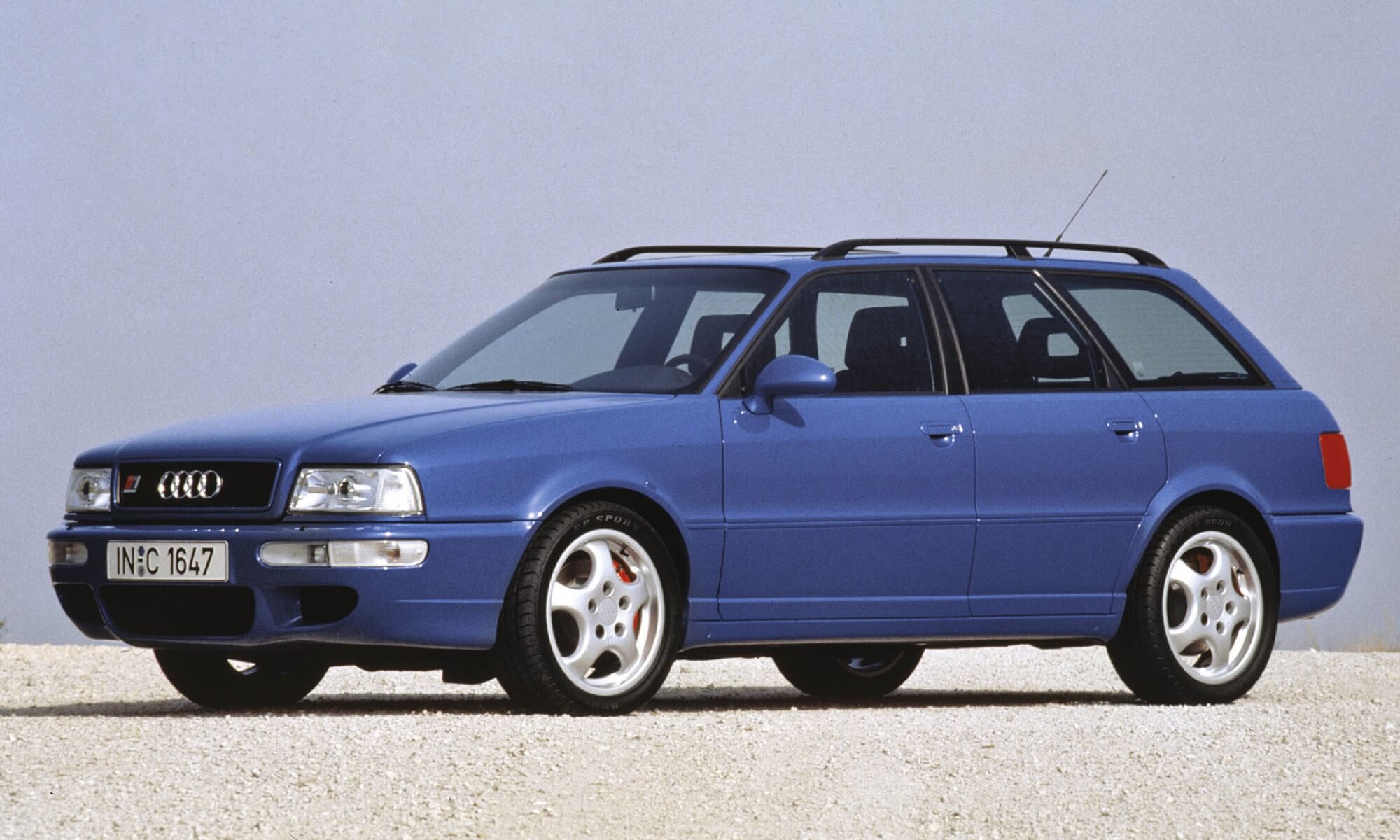
![Koenigsegg Sadair’s Spear is a Limited-Edition Track Weapon [w/video]](https://doubleapex.co.za/wp-content/uploads/2025/07/Koenigsegg-Sadairs-Spear-rear-500x383.webp)

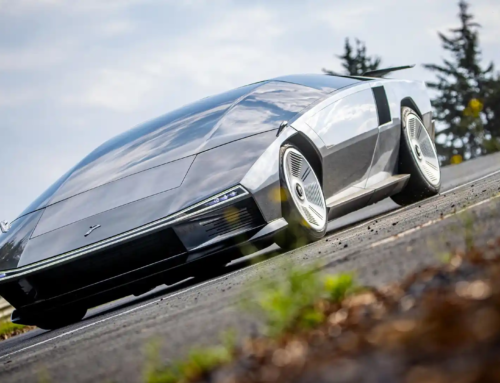
![Chevrolet Corvette ZR1X: An American Hypercar [w/video]](https://doubleapex.co.za/wp-content/uploads/2025/06/Corvette-ZR1X-with-aero-kit-500x383.webp)
Leave A Comment